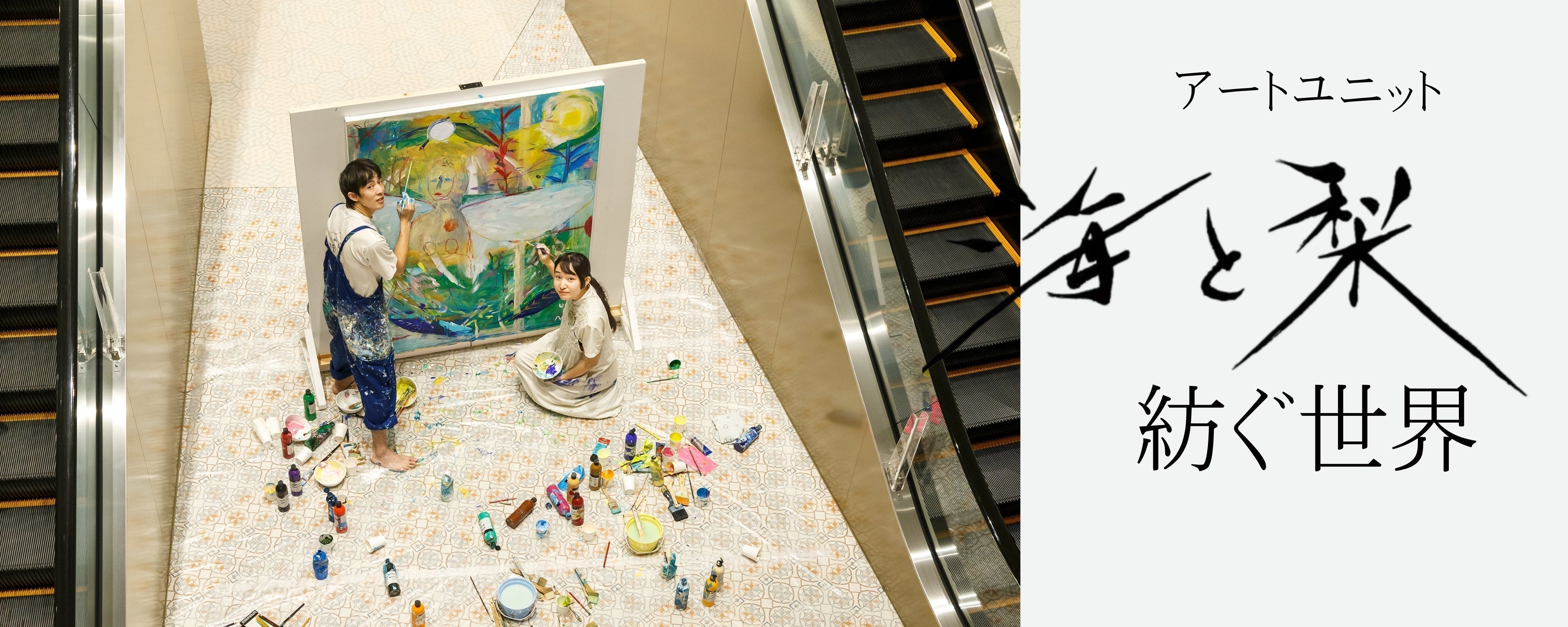The World of Taisho Imagery: The Youth of Design and Illustration 1900s-1930s

The Sompo Museum of Art, located about a seven-minute walk from Shinjuku Station and adjacent to the Sompo Japan headquarters building, is currently hosting an exhibition titled "The World of Taisho Imageries: The Youth of Design and Illustration 1900s-1930s" (period: Saturday, July 12, 2025 - Sunday, August 31, 2025).
We attended a gallery talk by Nakajima Keiko (senior curator at the museum) on Friday, July 25th, and heard about the museum's appeal.
〇What is "Taisho Imagery"? First of all, what is "Taisho Imagery"?
This term is a general term for popular images that were produced in large numbers in the early 20th century, primarily during the Taisho era. These diverse "image reproductions" are connected to Japan's visual culture today and form the origins of design and illustration (and ultimately anime, manga, posters, and more). At a time when printing technology was undergoing a revolutionary transformation, numerous designs that blended into and added color to people's lives were on display.
(Some of the works that can be photographed)

Part I: New Art and Lyricism
I took the elevator past the entrance gate and arrived at the 5th floor.
As you go down each floor from here, the exhibits change with the times.
The first section, "New Art and Lyricism," featured works by artists of the Taisho era, including Fujishima Takeji, Sugiura Hisui, and Takehisa Yumeji. Upon passing through the entrance, a large print of Mucha's "Gismonda" appeared on the wall. At the time, advances in printing technology led to the introduction of photography, which led to a preference for realistic expression. Mucha was active in France as an Art Nouveau artist, and his realistic style influenced Taisho era artists like Fujishima Takeji. The gallery talk, packed with attendees, was extremely popular. The spacious hallway before the talk began, but once it began, the scenery was reminiscent of the art museum tours we attended as elementary school students. From elderly couples to high school students, people of all ages gathered, gazing at the artwork and listening to the talk at their leisure.
There were many impressive works on display, including the cover of Yosano Akiko's poetry collection (by Fujishima Takeji), illustrations for the mail-order catalogue for Mitsukoshi Times (by Sugiura Hisui), the cover of Natsume Soseki's I Am a Cat (by Hashiguchi Goyo), and the cover of the magazine Fujin Graph (by Takehisa Yumeji).

Part II: Various Designs
Going down to the fourth floor, you will find paintings of plants that express the vitality of life, including those by Sakamoto Keijiro. The botanical patterns of flowers, leaves, trees, and other elements express the inner world of the artists.
The expression of this inner world seems to be the main theme of Part II. At the time, the concept of "élan vital" (the vital force of life) was embraced by young people in all genres, including painting, literature, and theater. "Élan vital" is a concept advocated by the French philosopher Bergson, which advocates the leap of life, that "life evolves creatively from within." This concept encouraged creation based on individual sensibility and gave rise to the diversification of publishing culture and design. In addition to plant designs, the exhibits were diverse, including imagery of children whose future possibilities are open, imagery of delicate maidens with a hint of sadness, and imagery of bewitching, fantastical, and unearthly beauty.
Part III: The Age of Fashion and the Masses
Further down, on the third floor, the final section of the exhibition features imagery from the early Showa period. This was the period when popular culture, including records, movies, and fashion, began to emerge. Of particular note is Fujin Graph, famous for its cover by Yumeji Takehisa. This Taisho-era magazine was a comprehensive lifestyle magazine that conveyed a wide range of knowledge and culture, including fashion, crafts, cooking recipes, and room organization tips. Modern boys and girls strolled the streets, and the universal suffrage law opened up a focus on culture, dramatically transforming people's spiritual culture. The exhibition featured numerous works with simple, linear designs and strong primary colors, clearly demonstrating the popularization of art. Additionally, works by Seiji Togo, who has a connection to the Sompo Museum of Art, were displayed along the final corridor of the exhibition.

〇Finally
As I looked at the works throughout the exhibition, I found it strange that someone living in the modern era like me could sense the novelty of the designs before me. Counting back nearly 100 years, the works offered many insights that would be hard to find in our modern, everyday lives. The works lined up before my eyes through various connections, transcending time. I sensed a simplicity hidden behind a sophisticated atmosphere, lurking quietly beneath the faded vividness of the colors, from the works on display. The theme of this exhibition is "publishing." The Taisho era was a time of innovation in printing technology. This exhibition allows you to experience the history of that development through the vibrant designs.
The human touch that cannot be expressed through modern digital printing is sure to provide us with fresh surprises and discoveries.
Writer: Miyamoto Naokazu


























